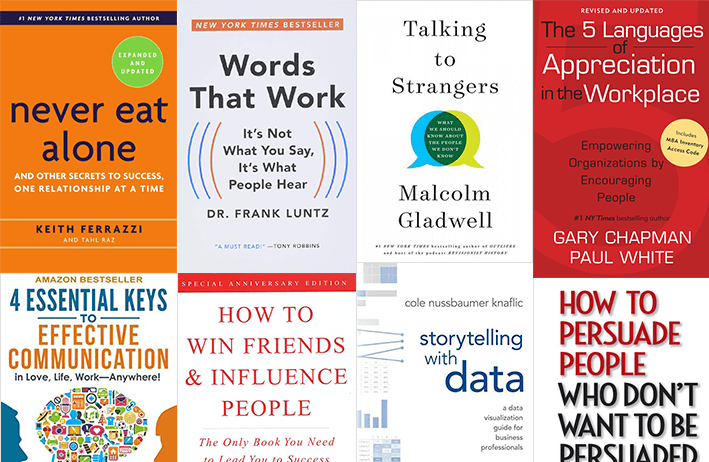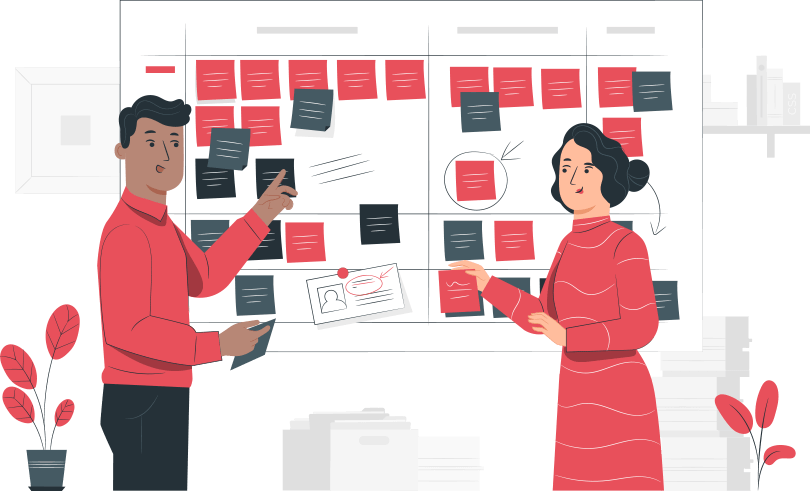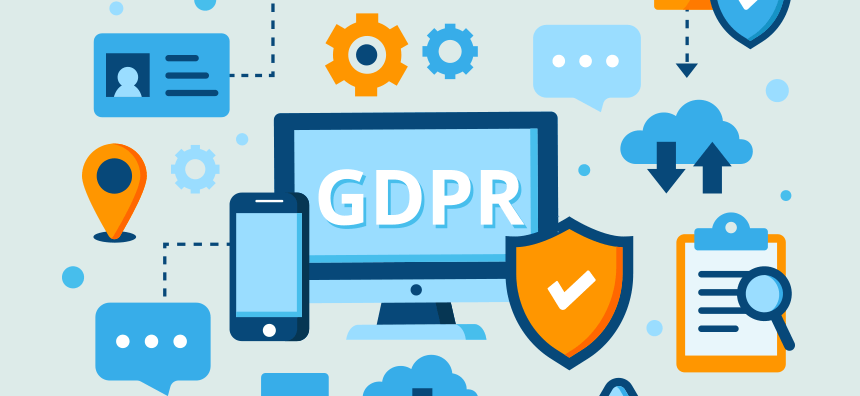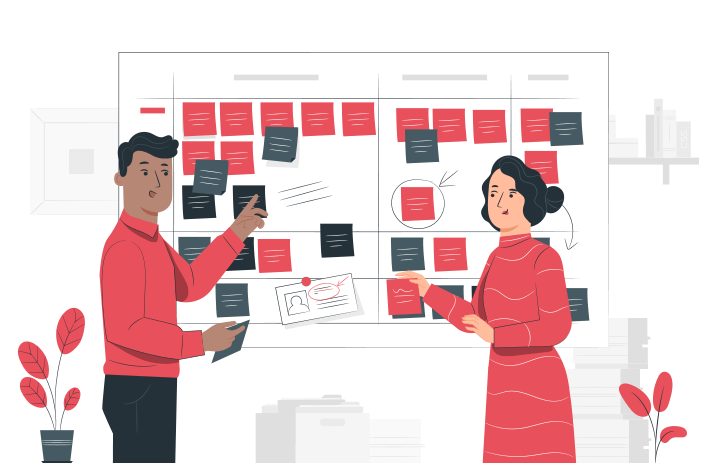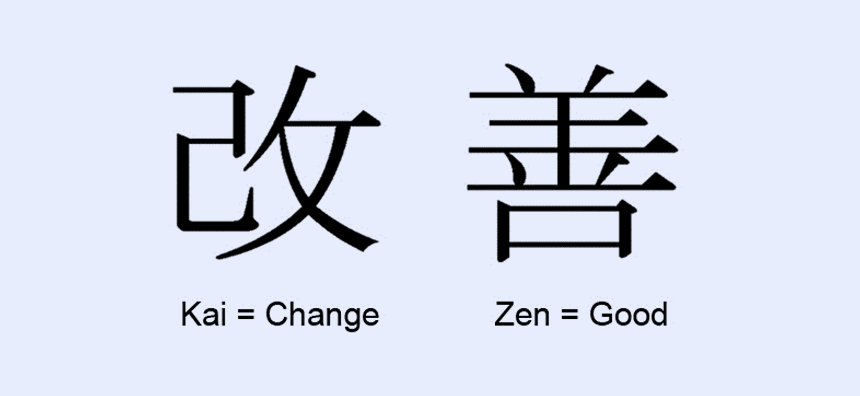Imagine this: you’re in the middle of a project and you’ve just realized that you and your team are not on the same page. Miscommunication has led to lost time, and wasted effort, and now you’re scrambling to get everyone back on track. If only you had brushed up on your communication skills sooner.
Don’t worry, we’ve all been there.
Communication is hard, especially when you’re dealing with different personalities and working styles. But it’s a necessary skill for any effective project manager.
There are a wide variety of circumstances that require different types of communication. For example, you wouldn’t give the same update to your boss as you would to your team. And you definitely wouldn’t use the same style of communication when you’re dealing with a difficult client.
Or let’s say you need to give a presentation. Do you worry about being effective in your style? Many people do. The good news is, with the right preparation and approach, you can give a killer presentation that will impress your audience.
The bottom line is, that effective communication is essential to successful project management. And there are plenty of books out there to help you hone your skills. Here are 11 must-read books on communication that every project manager should read:
1. Never Eat Alone: and other secrets to success, one relationship at a time.

Author: Keith Ferrazzi
Year of Publication: 2005
This book is easily one of the most influential books you will read as a project manager. The book is all about networking and building relationships. And it’s something that project managers need to be good at. Because your success depends on your ability to build relationships and network effectively.
In Never Eat Alone, Ferrazzi lays out his simple but effective approach to networking. He explains how to use your relationships to further your career and build a strong network of contacts. And he provides concrete tips and strategies for doing so.
In project management relationships are key. You need to build strong relationships with your team, your clients, and your stakeholders. And this book will help inspire you to do just that.
2. The 5 Languages of Appreciation in the Workplace: Empowering Organizations by Encouraging People

Author: Gary Chapman & Paul White
Year of Publication: 2019
Gary Chapman made a name for himself by creating the 5 Love Languages, a book that has helped millions of people improve their relationships. The basis of that book is that everyone has a different love language and you need to speak your partner’s love language to have a successful relationship. The languages are: acts of service, quality time, gifts, words of affirmation, and physical touch.
In The 5 Languages of Appreciation in the Workplace, Chapman and White apply the same principle to the workplace. They argue that everyone has a different language of appreciation and you need to speak your employees’ languages to have a successful work relationship.
This book is a must-read for any project manager who wants to build strong relationships with their team. By understanding the different languages of appreciation, you can learn how to speak to each of your team members in a way that will make them
You will find this book helpful if you are looking for ways to:
- Elevate your employee’s ownership and engagement.
- Increase employee retention.
- Foster a positive work environment.
3. Talking to Strangers: What we should know about the people we don’t know
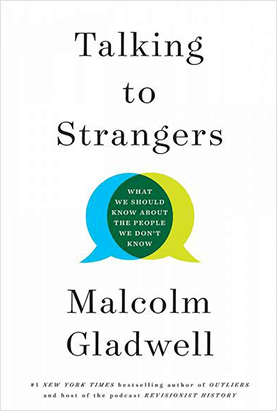
Author: Malcolm Gladwell
Year of Publication: 2015
Misunderstandings between people are at the center of many conflicts. And it all begins with perception. We often make judgments about people based on our preconceptions and assumptions. But as Malcolm Gladwell points out in Talking to Strangers, these judgments can often be wrong.
Gladwell uses several known cases of misunderstanding and miscommunication to explore how and why we so often get it wrong when talking to strangers. He also offers some suggestions for how we can improve our ability to communicate with people we don’t know.
This book is a must-read for project managers because it highlights the importance of understanding people. As a project manager, you need to be able to understand your team, your clients, and your stakeholders. And this book will give you some insight into
As a project manager, you’re often working with people you don’t know very well. And it’s important to be able to build rapport quickly and effectively. This book will teach you how to achieve that by stressing the importance of getting to know people and understanding their backgrounds and experiences while challenging your own preconceptions.
4. Words that Work: It’s Not What You Say, It’s What People Hear

Author: Dr. Frank Luntz
Year of Publication: 2007
Learning to communicate effectively is one of the most important skills you can have as a project manager. After all, you’re constantly communicating with team members, stakeholders, and clients. And if you can’t communicate effectively, projects will quickly start to unravel.
But communication isn’t primarily about what you say. It’s about what people hear. In this book, Dr. Frank Luntz – one of the world’s leading communication experts – explores how the words you use can impact the way people perceive you and your message. He also provides helpful tips on how to choose the right words to get your point across more effectively. His chapter on the twenty-one words and phrases for the twenty-first century is especially useful.
5. How to Win Friends and Influence People
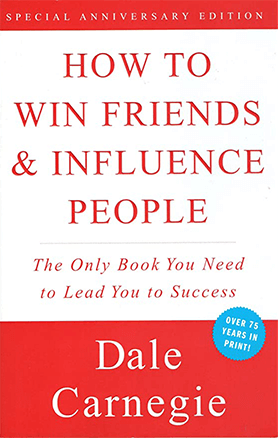
Author: Dale Carnegie
Year of Publication: 1936
Dale Carnegie’s How to Win Friends and Influence People is one of the most famous self-help books of all time. It has sold millions of copies and has been translated into dozens of languages.
The book is primarily about how to build relationships with people. But it also contains a wealth of advice on how to communicate more effectively. Carnegie stresses the importance of understanding other people’s perspectives and being genuine in your interactions with them. He also provides numerous examples of how to put his suggestions into practice.
This classic book on communication was first published over 80 years ago, but its message is still relevant today. Carnegie argues that the key to success is not what you say, but how you say it. He offers practical advice on how to build rapport with others and influence them to see things your way.
You’ll find this book helpful if you want to learn how to:
- Easel into difficult conversations.
- Get people to like you.
- Handle criticism effectively.
6. 4 Essential Keys to Effective Communication.
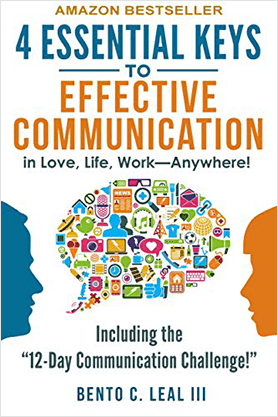
Author: Bento C Leal III
Year of Publication: 2009
As a project manager, you are responsible for overseeing and managing communication between team members and stakeholders. This includes creating and implementing communication plans, maintaining communication channels, and troubleshooting any issues that may arise.
The 4 Essential Keys to Effective Communication by Bento C Leal III can help you achieve these goals. The book covers topics such as understanding communication styles, overcoming communication barriers, and handling difficult conversations. It is a valuable resource for any project manager looking to improve their communication skills.
Effective communication is more than just sharing information for Leal. You’ll need empathy, tact, and the capacity to listen to succeed. This book is amazing and a must-read for anyone leading teams.
7. How to Persuade People Who Don’t Want to Be Persuaded: Get What You Want-Every Time!

Author: Joel Bauer and Mark Levy
Year of Publication: 2002
Are you struggling to get buy-in from your team members on a project? If so, then you need to read How to Persuade People Who Don’t Want to Be Persuaded. In this book, Joel Bauer and Mark Levy share their expertise on how to influence others and get them to see things your way.
The book is packed with useful information on topics such as body language, persuasion techniques, and dealing with difficult people. Persuasion is a powerful tool that every project manager should have in their toolkit. And this book is an excellent resource for learning how to use it effectively.
Brilliant book! If you manage projects you’ll find this an invaluable guide to getting people on your side, from the initial stages of starting a project through to its completion. Joel Bauer and Mark Levy show you how to use body language, vocal persuasion techniques, and other methods of influencing people to get them firmly behind you and your project.
8. Story Telling with Data: A Data Visualization Guide for Business Professionals

Author: Cole Nussbaumer Knaflic
Year of Publication: 2015
Sharing data is an essential part of being a project manager. But simply sharing data is not enough. You need to be able to tell a story with your data to influence and persuade others.
Storytelling with Data by Cole Nussbaumer Knaflic is a fantastic resource for learning how to do just that. The book covers topics such as data visualization, finding stories in data, and communicating effectively with graphs and charts. It also includes a wealth of practical examples to illustrate key concepts.
If you want to learn how to effectively communicate with data, then you need to read this book. It will show you how to tell a story that resonates with your audience and drives results.
9. Talk Like TED: The 9 Public-Speaking Secrets of the World’s Top Minds

Author: Carmine Gallo
Year of Publication: 2014
Public speaking is an important skill for many project managers. After all, you need to be able to present your ideas convincingly to get buy-in from stakeholders.
Talk Like TED by Carmine Gallo can help you hone your public speaking skills. The book is based on the popular TED Talks and provides insight into what makes them so successful. It covers topics such as delivering a powerful message, using body language effectively and using humor to engage your audience.
If you want to learn how to give a TED-worthy talk, then you need to read this book. It is packed with useful tips and advice that you can put into practice the next time you have to present your ideas to a group.
10. On Writing Well: The Classic Guide to Writing Nonfiction

Author: William Zinsser
Year of Publication: 1998
On Writing Well by William Zinsser is a classic guide to writing nonfiction. It covers topics such as developing your style, overcoming writer’s block, and editing your work.
The book is an excellent resource for project managers who need to write reports, proposals, or other types of documents. It’s packed with practical advice that you can apply to your writing. Project managers are constantly putting words on paper, and this book can help you do it in a way that is clear, concise, and effective.
11. Nonviolent Communication: A Language of Life
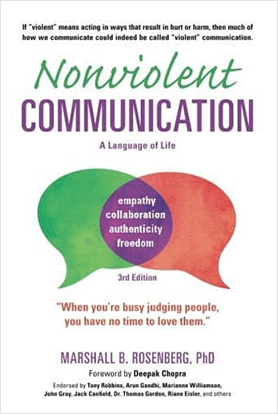
Author: Marshall B. Rosenberg
Year of Publication: 2015
Nonviolent Communication by Marshall B. Rosenberg is a book about communicating effectively without resorting to violence. It covers topics such as speaking honestly, making requests instead of demands and resolving conflicts peacefully.
Conflicts are inevitable on any team, and it’s important to have the skills to resolve them without creating a bigger mess. This book is an excellent resource for learning how to do just that. It will teach you how to communicate in a way that is respectful, compassionate, and effective.
Conclusion
The best way to become a better communicator is to keep practicing. The more you read and learn about communication, the better equipped you’ll be to handle any situation. The books listed above should catapult you ahead in your quest to become a master communicator. So what are you waiting for? Start reading!
